How many hearts does an octopus have ?.
How many hearts does an octopus have ?. An octopus has three hearts. Two of these hearts are branchial hearts, which pump blood to the gills to oxygenate it. The third heart, known as the systemic heart, pumps oxygenated blood to the rest of the body. This unique cardiovascular system allows octopuses to adapt to their marine environment and efficiently distribute oxygen throughout their bodies.
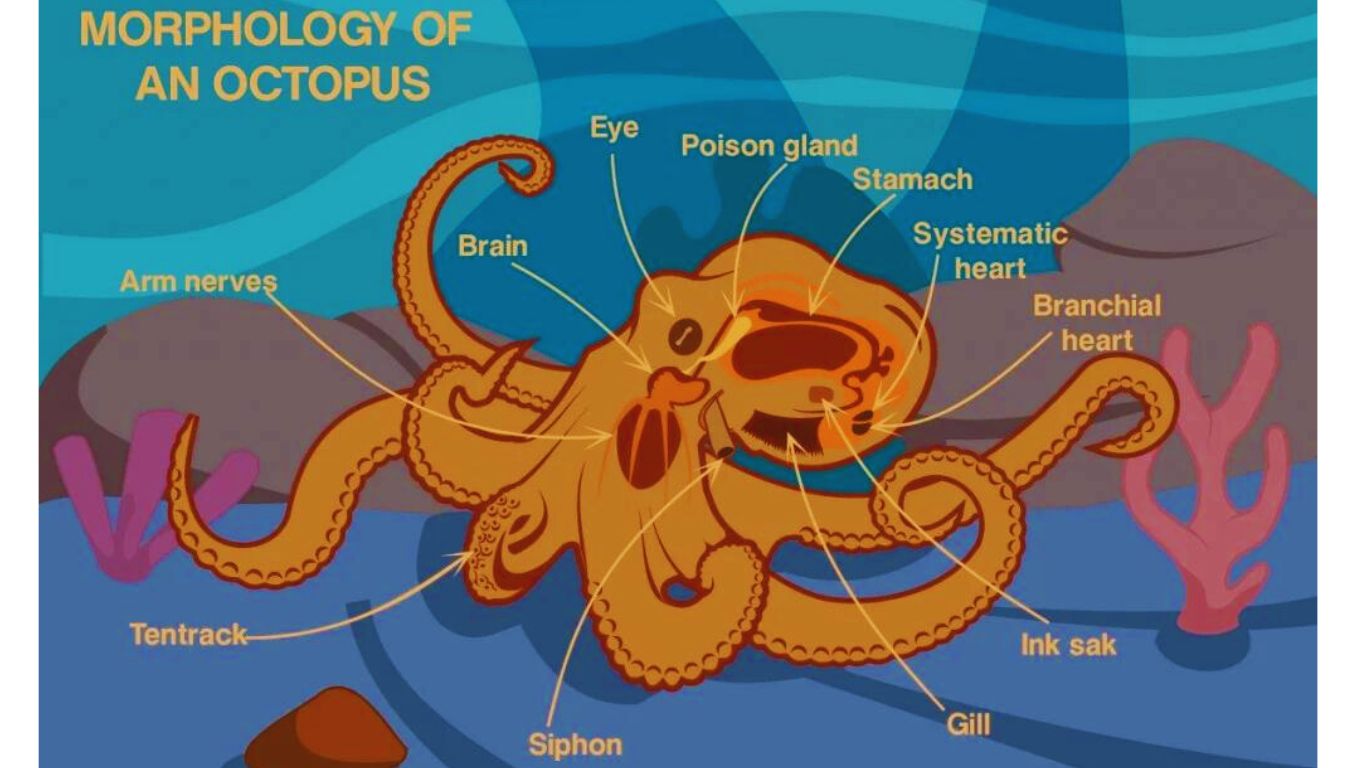
The octopus heart represents a remarkable adaptation of nature’s ingenuity. As one of the most complex and unique cardiovascular systems found in the animal kingdom, the octopus heart serves as a fascinating example of evolution’s ability to sculpt organs to suit specific needs. With its three hearts and decentralized circulatory system, the octopus can efficiently distribute oxygen-rich blood throughout its body and manipulate blood flow to adapt to various physiological demands.
The octopus heart’s decentralized design allows it to control blood flow independently in different regions of its body, enhancing the animal’s agility, flexibility, and overall survival. This decentralized circulation not only enables the octopus to deliver oxygen and nutrients efficiently but also facilitates swift responses to changing environmental conditions, such as temperature, salinity, and oxygen availability.

Moreover, the unique structure and functionality of the octopus heart highlight the incredible adaptability and intelligence of these cephalopods. Their hearts demonstrate an ability to evolve and optimize organ systems to suit their highly specialized marine lifestyle, showcasing the wonders of natural selection.
Studying the octopus heart not only deepens our understanding of cardiovascular biology but also provides insights into potential medical advancements. Researchers can draw inspiration from the octopus’s decentralized circulatory system to design more efficient human cardiovascular systems, potentially leading to innovative approaches for treating cardiovascular diseases and improving human health.
Octopuses are a fascinating group of cephalopods known for their intelligence, adaptability, and unique characteristics. They belong to the order Octopoda and are widely distributed throughout the world’s oceans.
Characteristics of Octopus
Here are some key features and characteristics of octopuses:
1. Body structure: Octopuses have soft bodies and are characterized by their rounded heads, large eyes, and eight arms. Each arm is lined with suckers that allow them to grip objects, manipulate prey, and navigate their environment.
2. Camouflage and color-changing abilities: Octopuses are masters of camouflage. They can rapidly change the color and texture of their skin to blend into their surroundings, making them virtually invisible. This remarkable ability is achieved through specialized skin cells called chromatophores.

3. Intelligence and problem-solving skills: Octopuses are regarded as one of the most intelligent invertebrates. They exhibit complex behaviors, problem-solving skills, and have demonstrated learning and memory capabilities. They are known to use tools, solve puzzles, and even show signs of playfulness.
4. Jet propulsion and movement: Octopuses move through the water using a jet propulsion system. By contracting their muscular mantle cavity, they expel water through a funnel-like structure called a siphon, propelling themselves in the opposite direction. They can also crawl and manipulate objects using their arms.
5. Predatory nature: Octopuses are primarily carnivorous and have a diverse diet. They feed on various marine organisms, including crustaceans, fish, mollusks, and even other octopuses. Some species use their intelligence to employ hunting strategies, such as mimicry and ambush techniques.
6. Short lifespan and reproduction: Most octopuses have relatively short lifespans, typically living for only a few years. They have complex reproductive behaviors, with males often using specialized arm modifications to transfer sperm packets into the female’s mantle cavity. After mating, females lay numerous eggs, which they guard and care for until they hatch. Once the eggs hatch, the female’s life cycle typically ends.
Octopuses are a subject of great interest and study due to their exceptional intelligence and intriguing behaviors. Their unique abilities and biology continue to fascinate scientists and provide valuable insights into the evolution of intelligence in the animal kingdom. Conservation efforts are crucial to protect these remarkable creatures and their habitats from the threats they face, including overfishing, habitat destruction, and pollution.
Anatomy of an Octopus
The octopus is a cephalopod mollusk known for its unique body structure. It has a soft, muscular body with a distinct head, called the mantle, and eight long arms, also known as tentacles. These tentacles are equipped with suckers that aid in locomotion, capturing prey, and exploration of the environment. The octopus lacks a rigid skeleton, allowing it to squeeze through narrow spaces and camouflage itself by altering the texture and color of its skin.
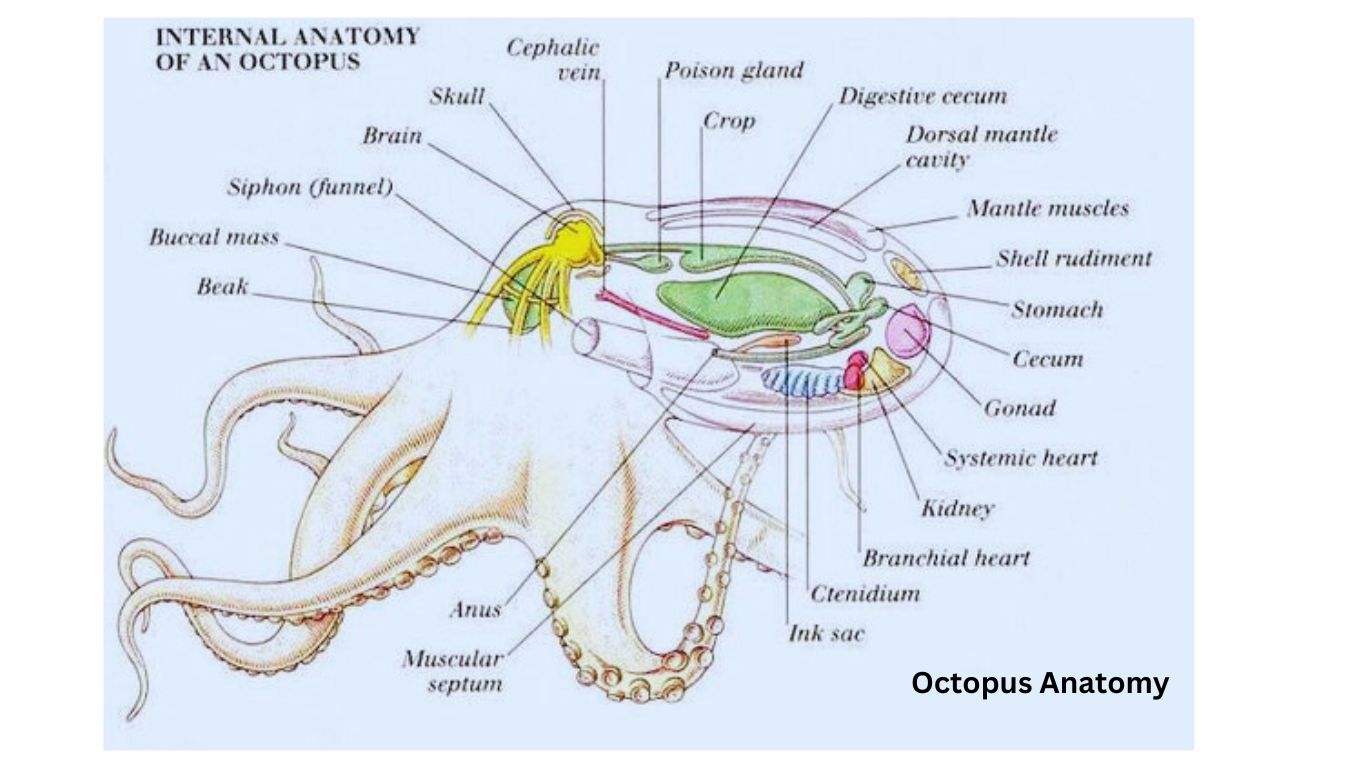
Overview of octopus circulatory system
The circulatory system of an octopus plays a vital role in distributing oxygen, nutrients, and waste products throughout its body. The octopus circulatory system is closed, meaning the blood is contained within vessels and does not directly mix with the surrounding tissues. It consists of a network of blood vessels and three hearts.
The three hearts of an octopus work together to ensure effective circulation. The systemic heart is responsible for pumping oxygenated blood to the body. It receives deoxygenated blood from the tissues and pumps it to the gills through a series of vessels. The two branchial hearts, located near the gills, pump deoxygenated blood to the gills for oxygenation. Once oxygenated, the blood is collected by the systemic heart and distributed throughout the body.
The circulatory system also includes a complex network of blood vessels. Arteries carry oxygenated blood away from the hearts and transport it to various organs and tissues. Veins collect deoxygenated blood and return it to the hearts for oxygenation. This continuous flow of blood ensures the delivery of oxygen and nutrients while removing metabolic waste products.
Overall, the octopus circulatory system is essential for maintaining the octopus’s physiological functions, providing oxygen to its tissues, and facilitating efficient nutrient exchange. The combination of the closed circulatory system and the coordination of three hearts enables the octopus to adapt to its marine environment and thrive in its complex ecosystem.
The Octopus Heart
A. Main characteristics of the octopus heart
1. Size and location: The octopus heart is relatively small compared to the size of the animal and is located in the posterior part of the body.
2. Chamber structure: The octopus heart consists of a single systemic heart and two branchial hearts.
3. Function: The main function of the octopus heart is to pump oxygenated blood to the body and deoxygenated blood to the gills.
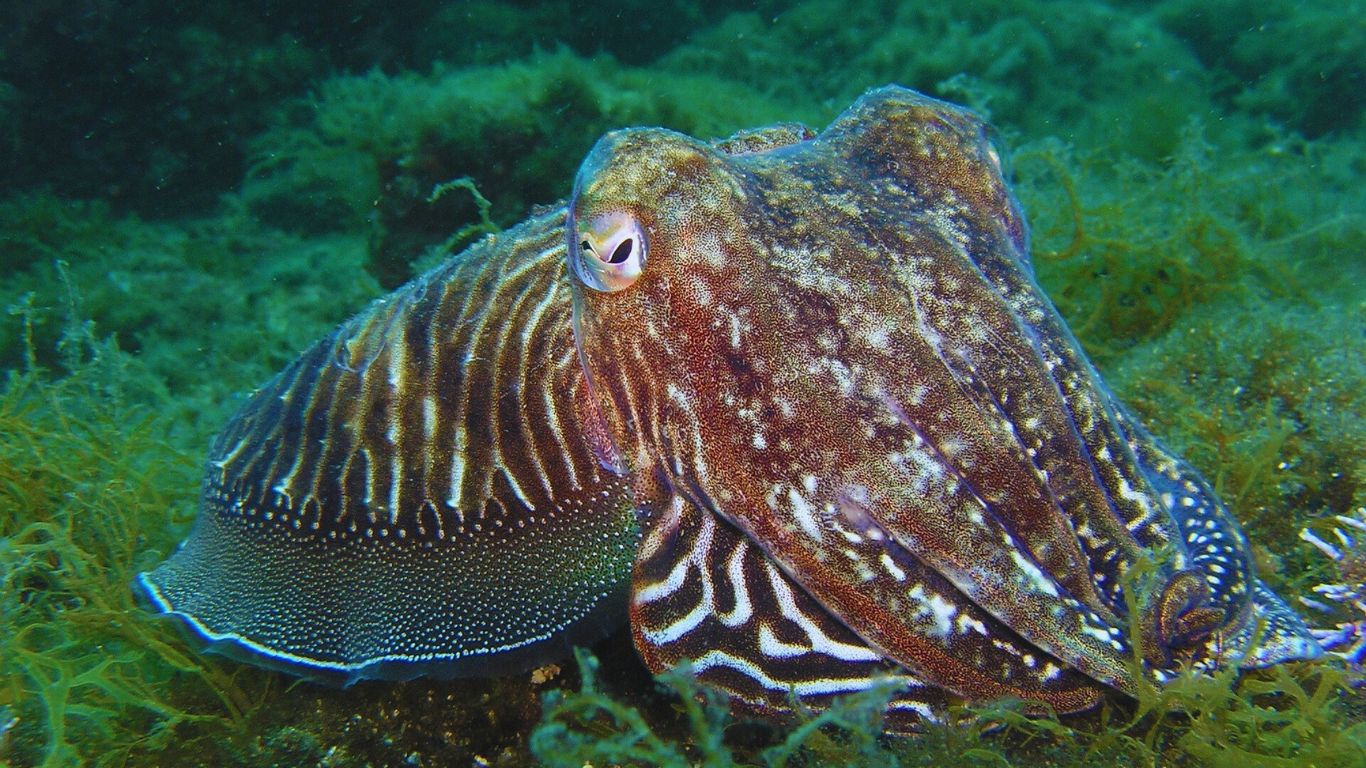
B. Comparison to human hearts
1. Number of hearts: While humans have a single heart, octopuses have three hearts.
2. Chamber structure: Human hearts have four chambers (two atria and two ventricles), whereas the octopus heart has a different chamber arrangement.
3. Circulatory system: Human hearts pump oxygenated blood to the entire body, while the octopus heart pumps oxygenated blood to the body and deoxygenated blood to the gills.
C. Unique features and adaptations of octopus hearts
1. Systemic and branchial hearts: The octopus has one systemic heart that pumps oxygenated blood throughout the body and two branchial hearts that pump deoxygenated blood to the gills.
2. Counter-current exchange: The octopus heart’s branchial hearts use a counter-current exchange system, where oxygenated and deoxygenated blood flow in opposite directions, allowing for efficient oxygen uptake in the gills.
3. Control and coordination: Octopus hearts have a certain degree of autonomy, meaning each heart can beat independently. This adaptability allows for precise control of blood flow in different parts of the body.
Multiple Hearts: Octopus Circulatory System
A. Explanation of the three hearts in an octopus
Octopuses possess three hearts, which is a unique characteristic among animals. The three hearts consist of one systemic heart and two branchial hearts. Each heart serves a specific purpose in the octopus circulatory system.
The systemic heart is the primary heart responsible for pumping oxygenated blood to the entire body. It receives oxygenated blood from the gills and pumps it through a network of arteries to supply oxygen and nutrients to the organs, tissues, and cells.
The branchial hearts, on the other hand, are located near the gills. Their main function is to pump deoxygenated blood to the gills for oxygenation. These hearts receive deoxygenated blood from various parts of the body and direct it to the gills, where it comes into contact with oxygen-rich water and undergoes oxygenation.

B. Function and distribution of the hearts within the body
The systemic heart, positioned at the base of the octopus’s body, pumps oxygenated blood throughout the entire circulatory system. From the systemic heart, oxygenated blood is distributed through a network of arteries that branch out to supply the various organs and tissues of the body.
The branchial hearts, located near the gills, pump deoxygenated blood. They receive deoxygenated blood from different parts of the body, including the organs and tissues, and direct it to the gills. The gills play a crucial role in oxygen exchange, where deoxygenated blood picks up oxygen from the surrounding water. Once the blood is oxygenated, it is collected by the systemic heart, which then pumps it back into circulation.
The distribution of the hearts within the body allows for efficient oxygenation and circulation. The systemic heart ensures that oxygenated blood is delivered to all parts of the body, while the branchial hearts ensure that deoxygenated blood is effectively directed to the gills for oxygenation.
C. Importance of multiple hearts in octopus physiology
The presence of multiple hearts in octopuses serves several important purposes in their physiology. Firstly, the three-heart system enables a highly efficient circulatory system. By having dedicated branchial hearts, octopuses can ensure that deoxygenated blood is quickly and effectively directed to the gills for oxygenation. This allows for efficient oxygen uptake and supports the high metabolic demands of the octopus’s active lifestyle.

A closer look of Octopus Sucker
Moreover, the independent functioning of the hearts provides the octopus with a degree of control and adaptability in its circulatory system. Each heart can beat independently, allowing the octopus to regulate blood flow to specific regions of its body. This flexibility is essential for activities such as changing coloration patterns, controlling blood flow to specific organs during digestion, or adjusting blood supply during different levels of physical exertion.
Overall, the presence of multiple hearts in the octopus circulatory system contributes to their remarkable adaptability, efficiency, and control over oxygenation and blood flow. It is a unique feature that enables octopuses to thrive in their marine environments and meet the demands of their complex physiology.
Octopus Blood Circulation
A. Oxygenation process: Deoxygenated blood from the systemic heart is pumped to the gills, where it becomes oxygenated through contact with water and diffuses into the bloodstream.
B. Distribution of oxygenated blood: The systemic heart then pumps the oxygenated blood to the various organs and tissues in the octopus’s body.
C. Deoxygenation and return: After delivering oxygen, the blood returns to the branchial hearts, which pump it back to the gills for re-oxygenation.
Heartbeat and Control
A. Heart rate and rhythm in octopuses
Octopuses exhibit a unique range of heart rates and rhythms that can vary depending on their physiological state and external conditions. Resting heart rates in octopuses generally range from 25 to 80 beats per minute, but they can increase significantly during periods of activity or stress. Octopuses are capable of modulating their heart rate to adapt to changes in their environment and physiological needs.
B. Mechanisms for controlling heart function in octopuses
Octopuses possess several mechanisms for controlling their heart function. The autonomic nervous system plays a crucial role in regulating the octopus’s heart rate. The parasympathetic division of the autonomic nervous system, stimulated by the neurotransmitter acetylcholine, slows down the heart rate, while the sympathetic division, activated by norepinephrine, increases heart rate. These mechanisms allow the octopus to adjust its heart rate based on its physiological requirements and external stimuli.
Additionally, the heart muscles in octopuses contain pacemaker cells that generate electrical impulses to initiate the contraction of the heart. These pacemaker cells establish the rhythm and coordination of the heartbeats. The activity of these cells is influenced by various factors, including hormones, neural signals, and environmental cues.
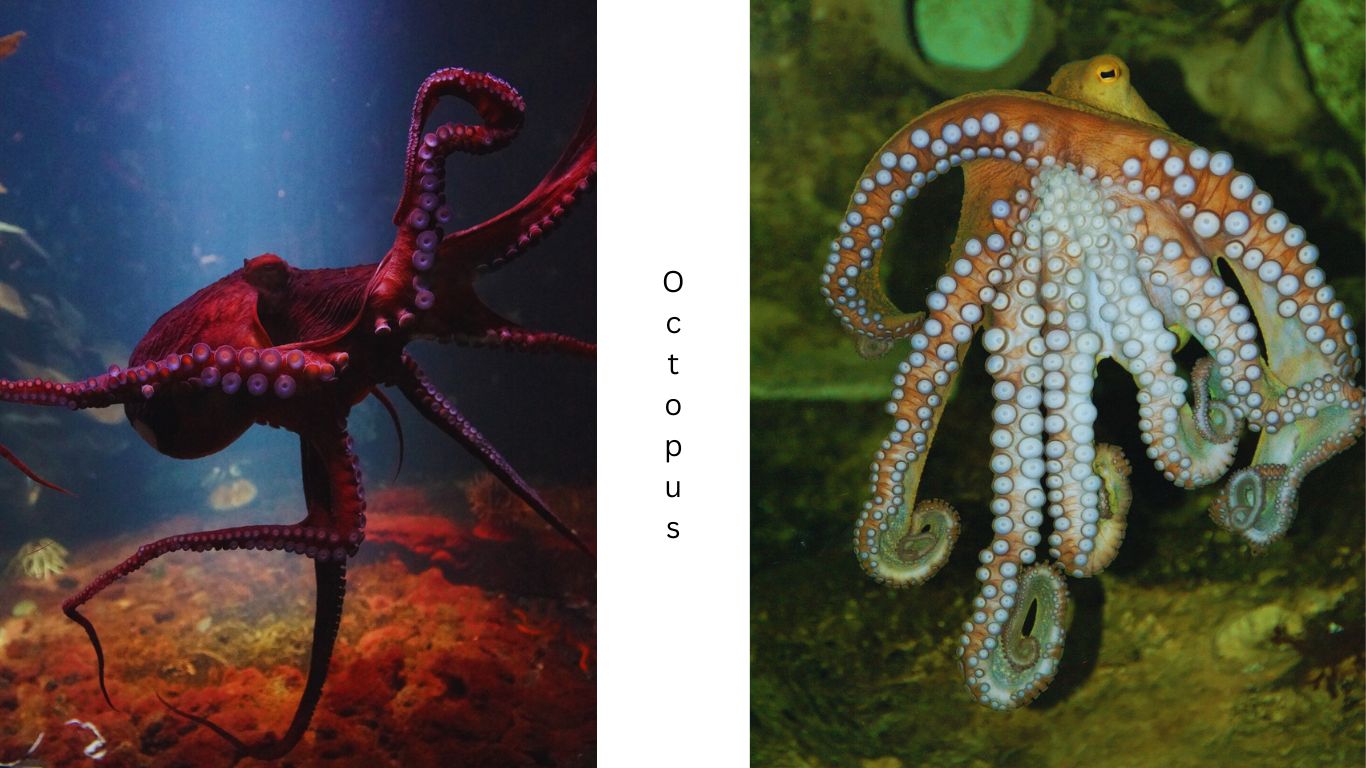
C. Influence of external factors on heart activity
External factors can significantly influence the heart activity of octopuses. Stressful situations, such as encounters with predators or changes in environmental conditions, can trigger an increase in heart rate as part of the octopus’s fight-or-flight response. Similarly, physical activity and locomotion can also elevate heart rate to meet the increased metabolic demands.
Temperature is another external factor that affects the heart activity of octopuses. Like other cold-blooded animals, octopuses are ectothermic, meaning their body temperature is regulated by the surrounding environment. Lower temperatures tend to slow down heart rate, while warmer temperatures can increase it.
Furthermore, octopuses are known to exhibit fascinating behaviors like rapid changes in skin coloration and texture. These behavioral displays are often accompanied by corresponding changes in heart rate, suggesting a link between their cardiovascular system and their ability to communicate and adapt to their surroundings.
In summary, octopuses have the ability to control their heart rate and rhythm through mechanisms involving the autonomic nervous system and pacemaker cells. External factors such as stress, temperature, and physical activity can influence their heart activity, allowing them to respond to environmental conditions and meet their physiological needs in a dynamic manner.
Conclusion
Throughout this exploration of the octopus heart and circulatory system, several key points have emerged. We’ve learned that the octopus possesses three hearts: one systemic heart and two branchial hearts. The systemic heart pumps oxygenated blood to the body, while the branchial hearts direct deoxygenated blood to the gills for oxygenation. The octopus’s circulatory system involves a network of blood vessels that distribute oxygen, nutrients, and waste products throughout its body. We also discussed the heartbeat and control mechanisms in octopuses, including the role of the autonomic nervous system and pacemaker cells. External factors such as stress, temperature, and physical activity can influence the heart activity of octopuses.
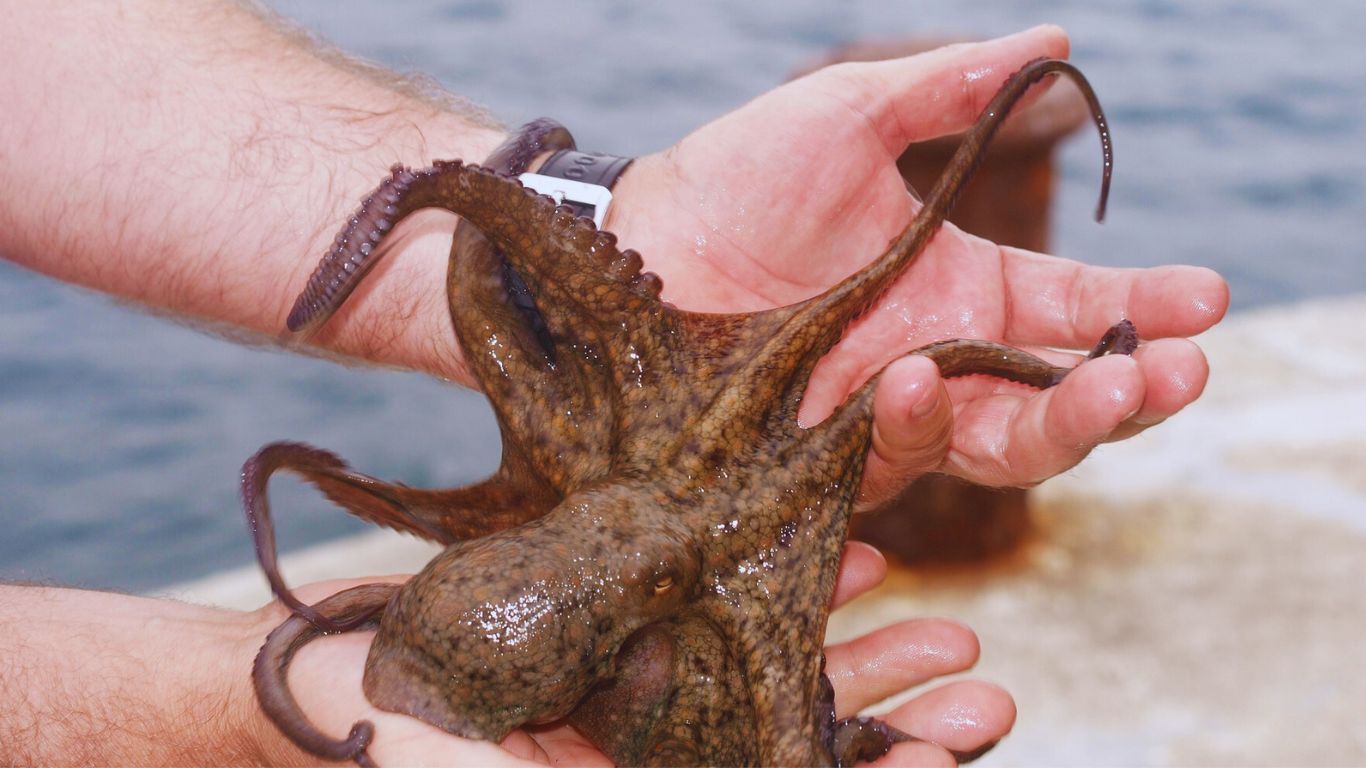
The unique characteristics of the octopus hearts are truly fascinating. The presence of three hearts, each with its specific function and location, sets the octopus apart from other animals. The ability of the branchial hearts to pump deoxygenated blood to the gills and the systemic heart’s role in distributing oxygenated blood throughout the body showcase the efficiency and adaptability of the octopus circulatory system. The coordination and independence of the hearts, along with their control mechanisms, highlight the sophistication of the octopus’s cardiovascular system.
How many hearts does an octopus have ? : Octopuses have three hearts.
In conclusion, the answer to the question “How many hearts does an octopus have?” is that octopuses have three hearts. This unique anatomical feature plays a crucial role in the octopus’s ability to survive and thrive in its marine environment. The three hearts work together to ensure efficient oxygenation and circulation throughout the octopus’s body, showcasing the remarkable adaptations of these fascinating creatures.
Wants to know some interesting facts about Octopus ? Click Here.

2 thoughts on “How Many Hearts Does An Octopus Have ? The Octopus Secrets Leaked”